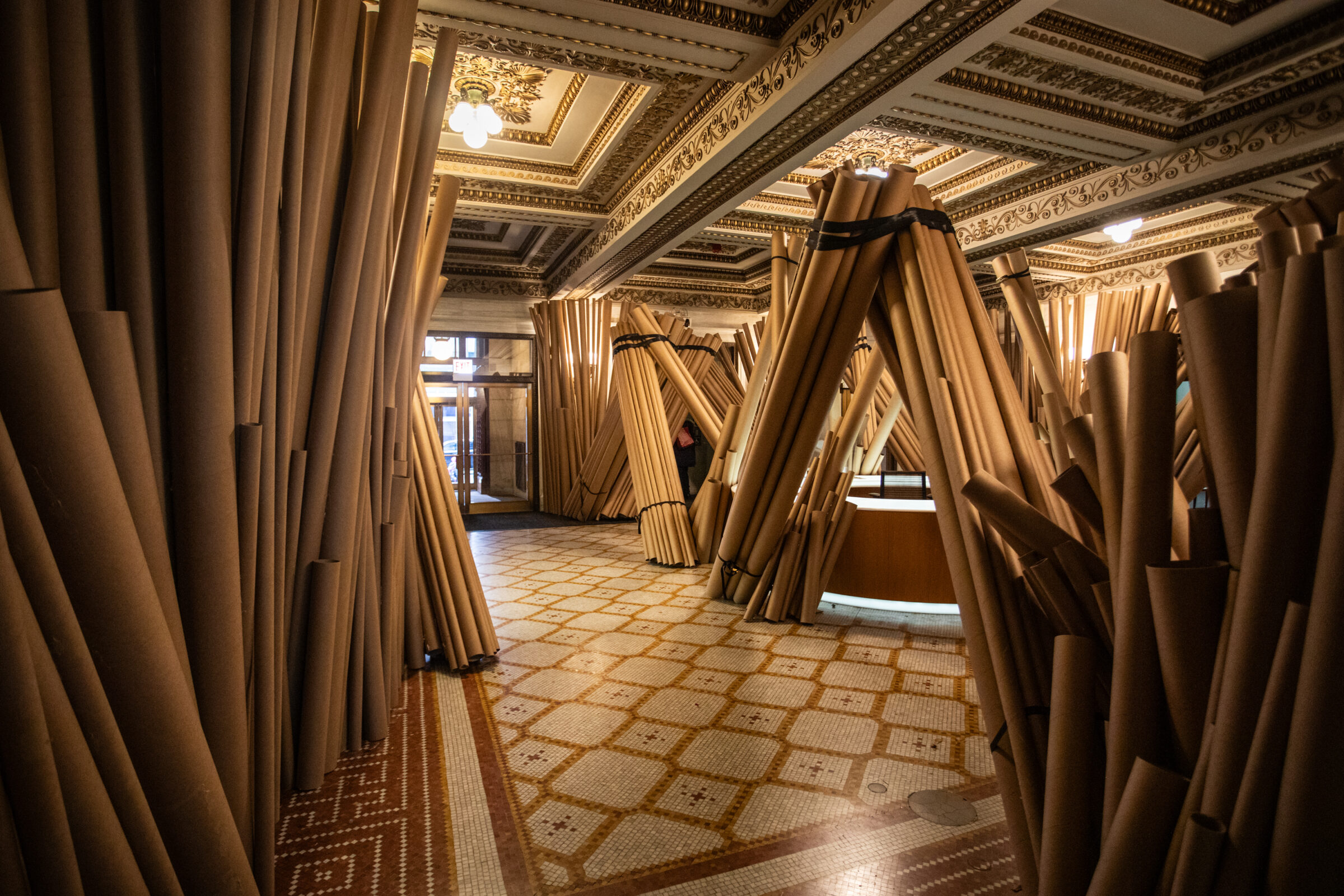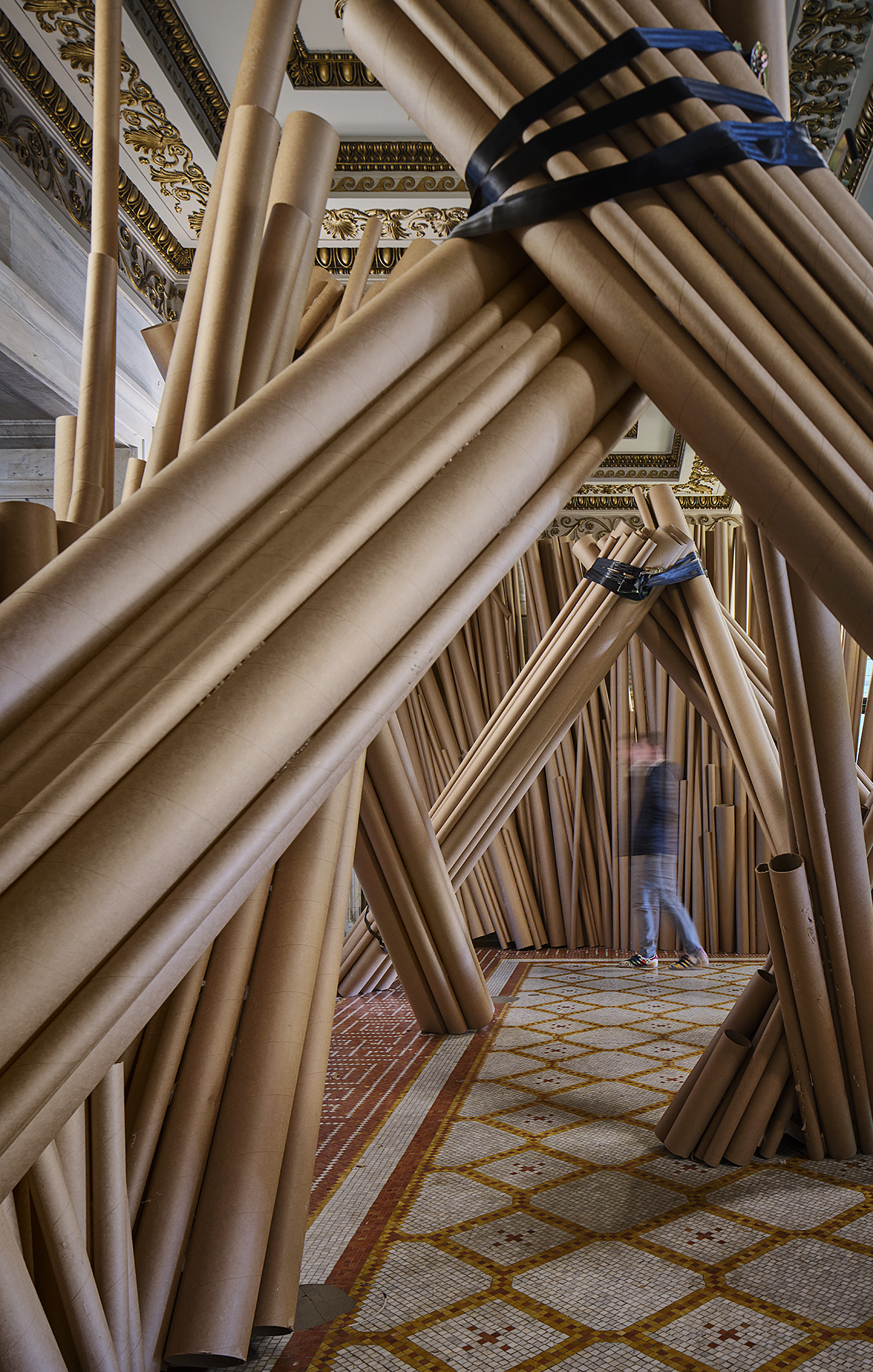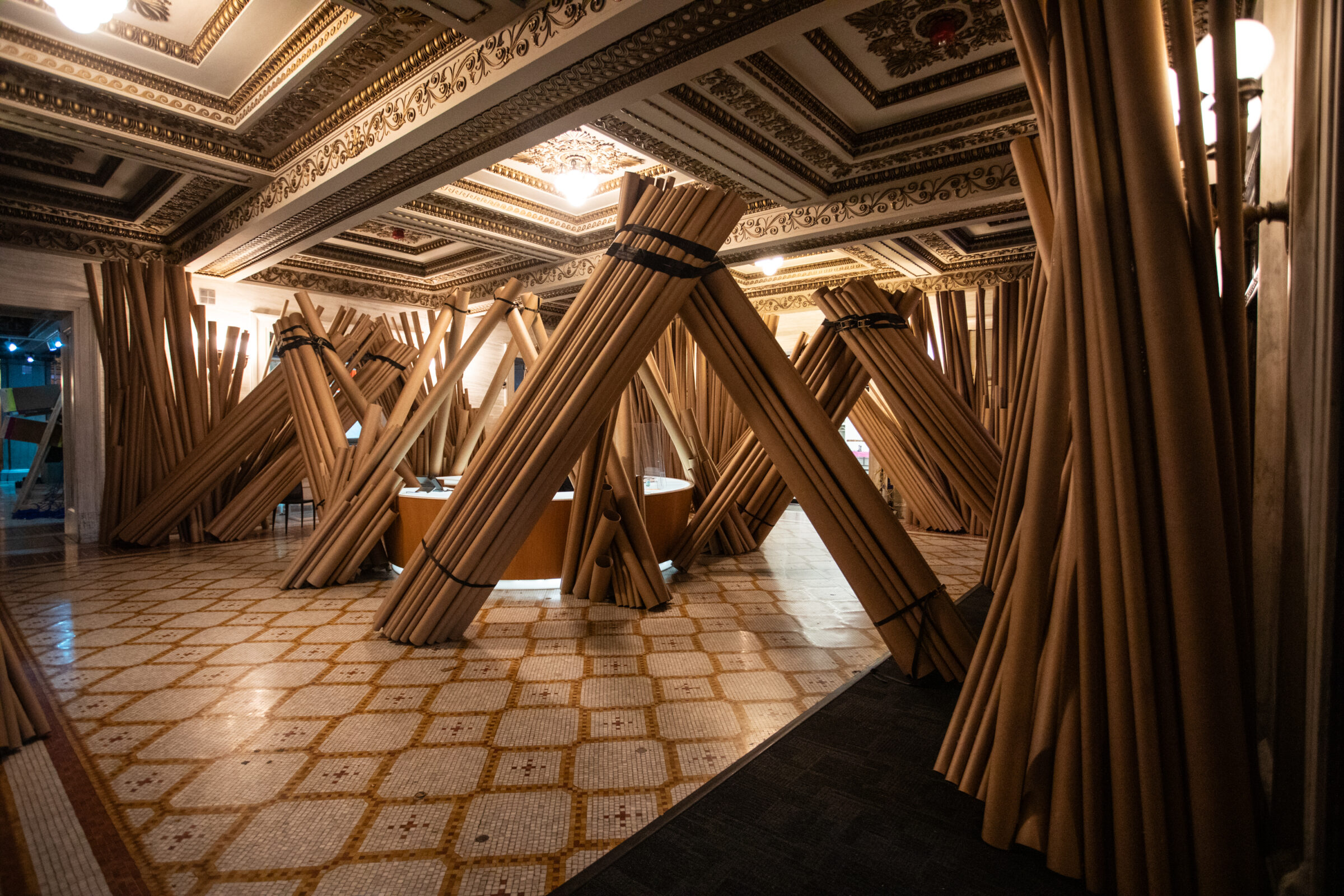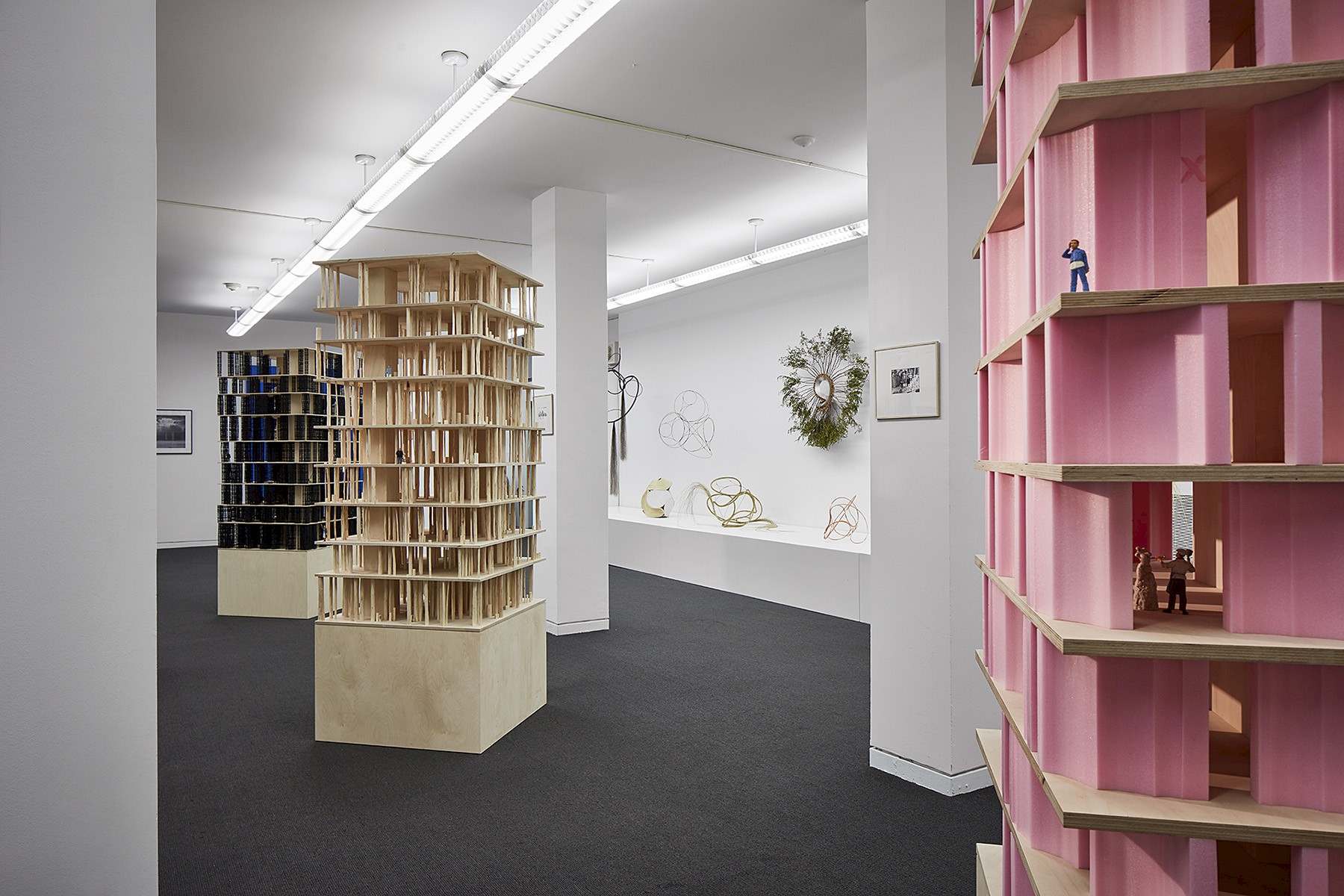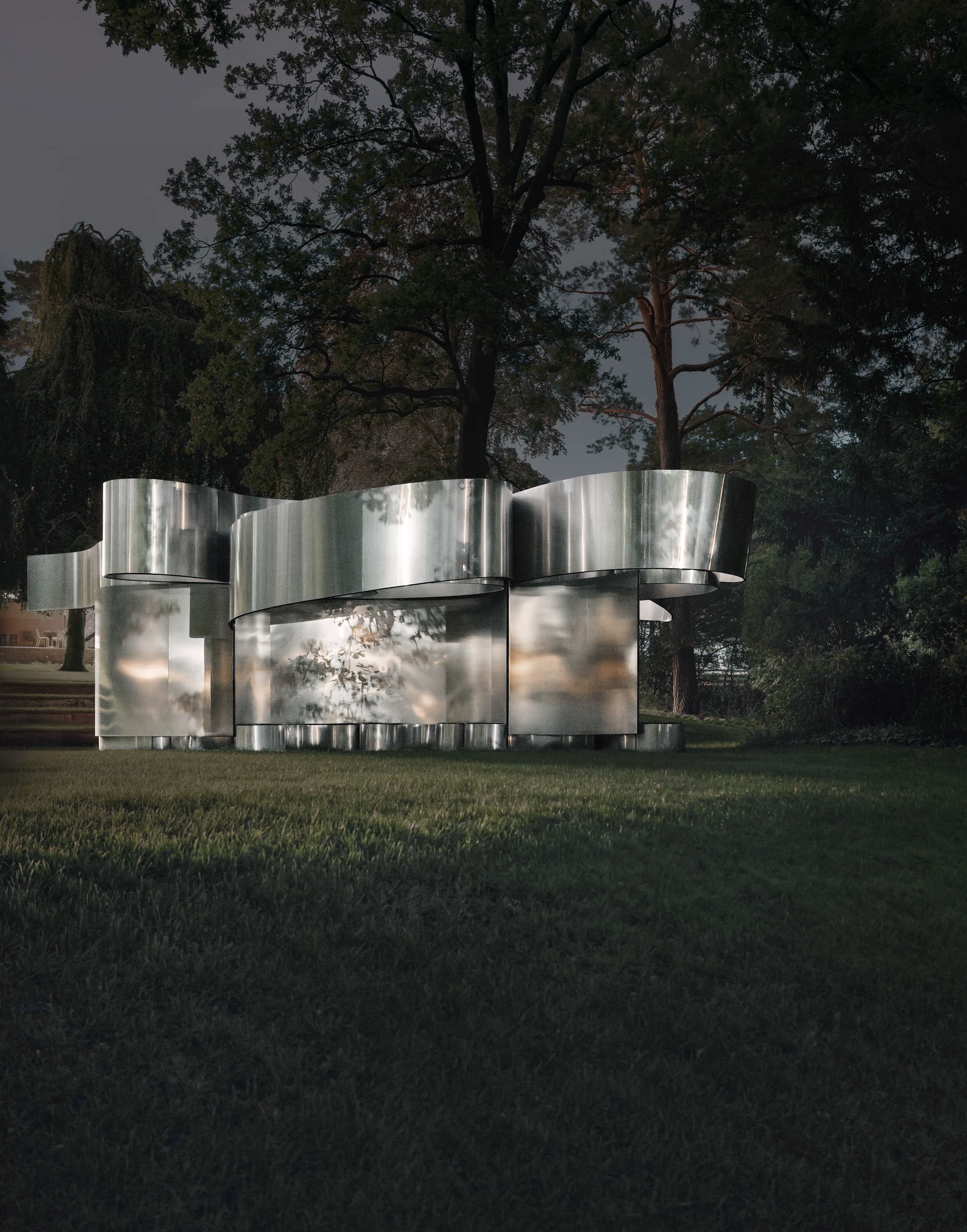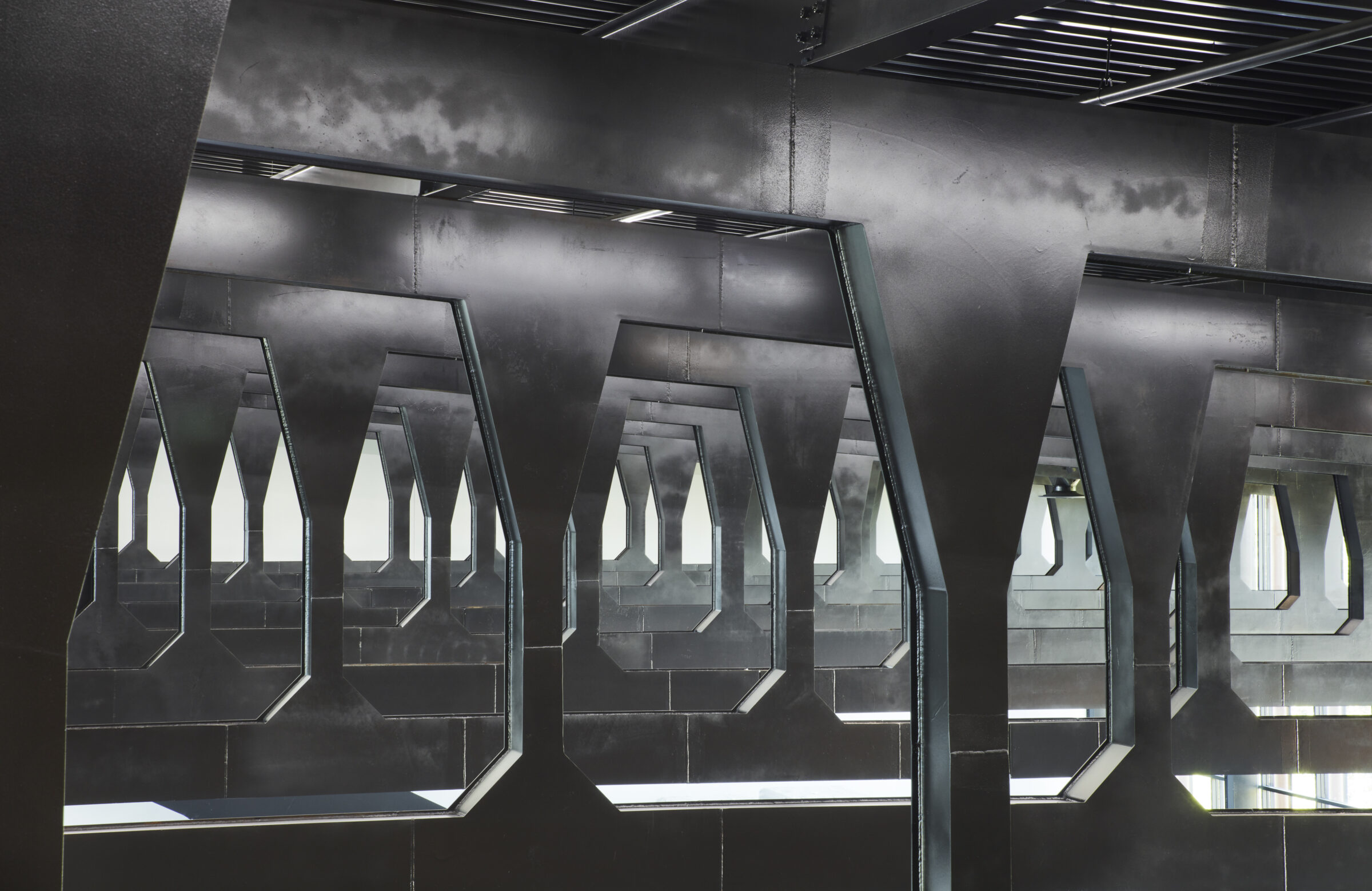Barkow Leibinger

Berlin, Germany
WebsiteActive internationally, the roots of Barkow Leibinger go back to building for industry, specifically for companies whose technologies drove an interest in evolving technologies and craft. The firm’s approach interfaces practice, research, and teaching, with a focus on experimentation in materiality and how it is transformed by digital and analogue tools and technologies. This research informs the design and construction of building elements for ongoing projects — for example, in the realm of prefabrication, the composition of concrete (gradient or lightweight), timber, and ceramic elements. The spectrum of Barkow Leibinger’s work encompasses various scales. They range from master planning, urban high-rises, offices, and industrial buildings to residential homes, installations, and prototypical exhibition pavilions. In 2007, Barkow Leibinger’s work was awarded the Marcus Prize for Architecture. They have received the DAM Prize for Architecture in Germany in 2009 and several Honor Awards for Architecture from the American Institute of Architects. Barkow Leibinger was established in Berlin in 1993 by Frank Barkow and Regine Leibinger following their master’s degrees at the Graduate School of Design at Harvard University. The firm’s team for CAB5 is supported by Stefan Sauter, Nicolai Junkers, Reidar Mester, Andreas Moling, Federico Lepre, and Ava Hill.
CAB 5 Contribution
Project Overview
Cardboard Merzbau
Cardboard Merzbau’s immersive environment of aggregated recycled cardboard tubes recalls Kurt Schwitters’s Merzbau, which the Bauhaus artist constructed in 1923, in Hanover, Germany. The original Merzbau was a three-dimensional collage in the form of an abstract grotto that reconfigured an existing historical interior. Located at the north entrance lobby of the Chicago Cultural Center, Barkow Leibinger’s project contrasts low-tech, ad hoc, found cardboard tubes with the formal grandeur of the Cultural Center lobby. The cardboard tubes are bundled together to create self-supporting walls with undulating surfaces that form an abstract environment that visitors can explore.
In the 1940s, the Container Corporation of America collaborated with Bauhaus artists and designers who had relocated to Chicago after World War II and formed the New Bauhaus. Together, they used cardboard packaging to advocate for greater social and environmental awareness in the United States. Today, the demand for cardboard packaging has increased exponentially, as a result of pandemic-era online ordering, overtaking supply capacity and increasing the cardboard industry’s carbon footprint. In this rehearsal for a world to come, Cardboard Merzbau could serve as a prototype for cardboard’s second life as architecture for living and working in the future.
CAB 2 Contribution
Project Overview
Housing History: Three Residential Towers
Barkow Leibinger’s first built works in the 1990s were a series of factory projects for various companies on the periphery of a rebuilding Berlin. In their research for these projects they looked at the modernist history of manufacturing and industry; they also looked into the technologies of their clients and found in them a series of under-explored techniques and materials to introduce into architecture. Such an approach led art historian Hal Foster to describe their practice as a type of bricollage; they collect expertise with each project and interaction as it arises. Barkow Leibinger’s contribution to the 2017 Chicago Architecture Biennial springs from three historical precedents that offer qualities and indications for three new housing towers shown in model form. Firstly, they depart from site-specific artists Nancy Holt and collaborator Robert Smithson’s early video work Swamp, where Holt and Smithson navigate the spatial variations of marsh reeds. This video influenced the development of Thicket, which tested the structural and spatial potentials of two millimeter wire and wire bending technologies. Secondly, they were inspired by Soviet modular plattenbau constructive systems that revive industrial logic through insulated concrete that combines fire proofing, insulation, and structure into a repetitive panel with a particular freedom of expressive articulation. Thirdly, the folk project of rough-hewn timber, Heinrich Tessenow’s 1936 Festhalle in Frankfurt, is duplicated vertically. These three material systems emerge out of an observation of precedent, but produce divergent material intelligences that can only come from material tests.
